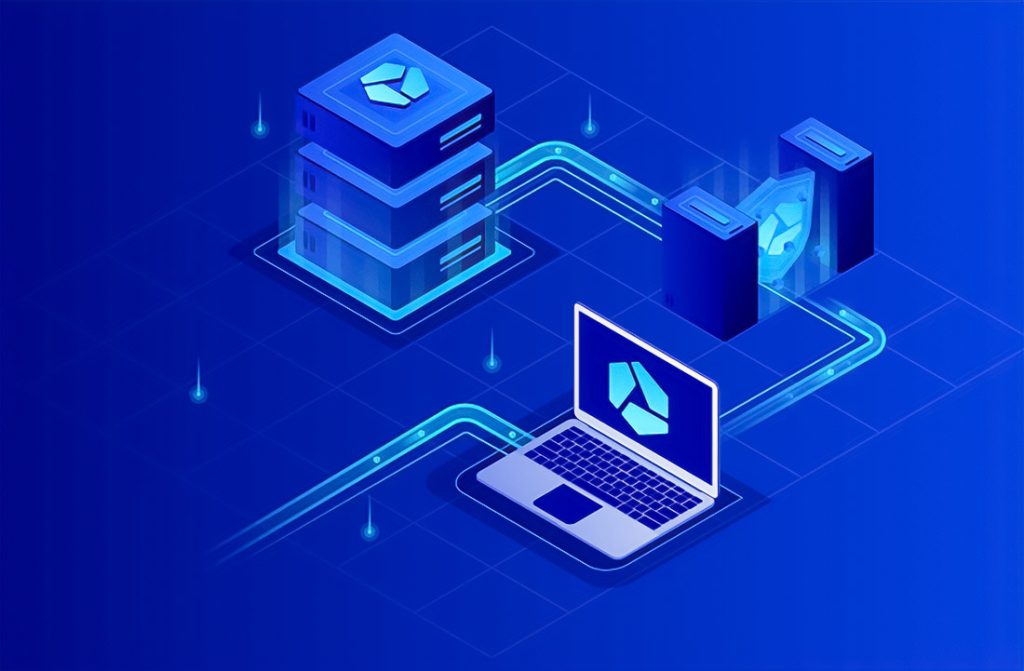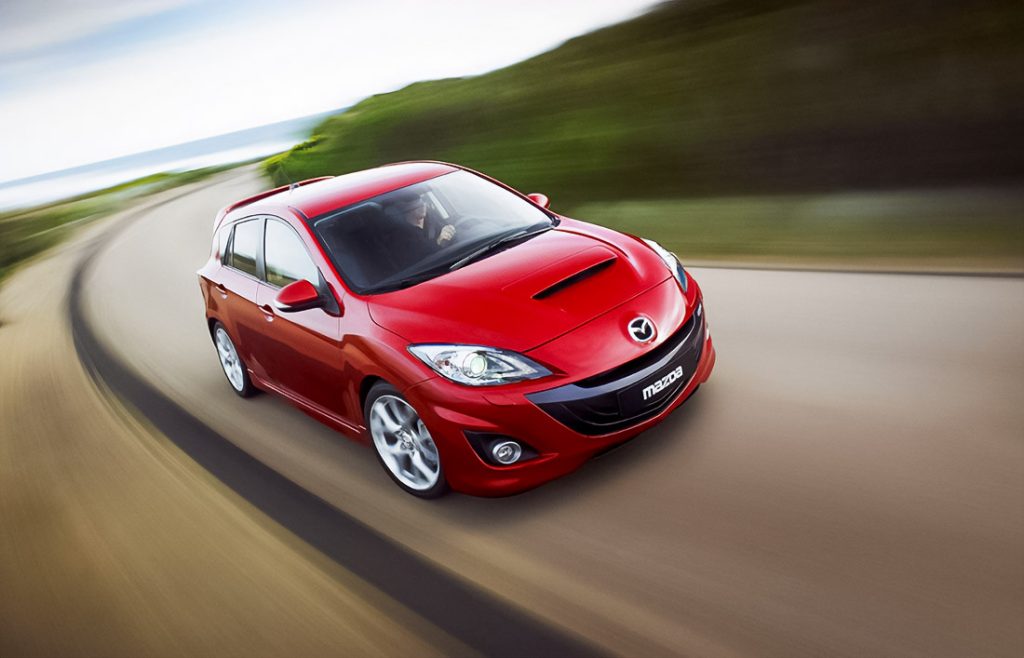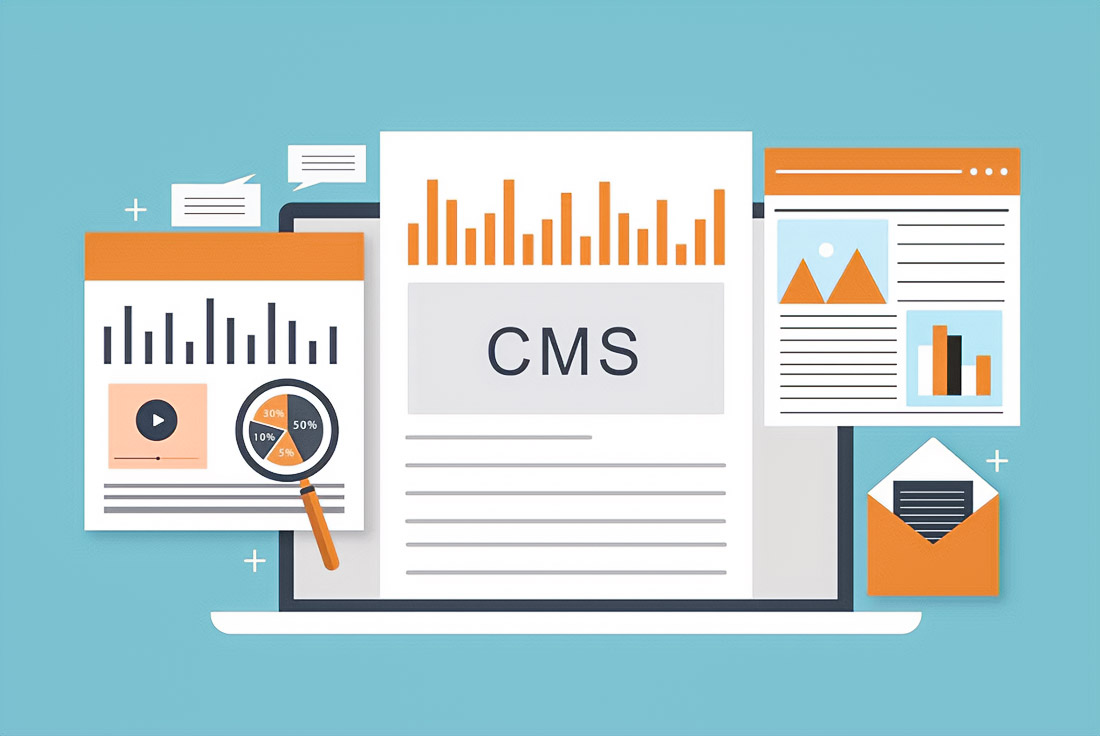
In recent years, the Internet of Things has become not just an automation tool, but a foundation that is changing the work of entire industries. In the UAE, it is used to manage the customer path, optimize production processes, and create new standards for customer engagement. Connected devices, sensors, cloud platforms, and real-time systems form the basis where efficiency and speed of solutions directly determine competitiveness.
The forecasts confirm the scale: the UAE IoT market is estimatedat $2.77 billion by 2025, with an annual growth rate of 8.26% projected through 2030. In the automotive sector, the market volume is expected to reach $752.71 million in 2025, highlighting the strong potential for connected technologies in transport. These figures show not only rising demand, but also the country’s commitment to accelerating digital integration across industries.
Page Contents
IoT Monitoring And Predictive Maintenance
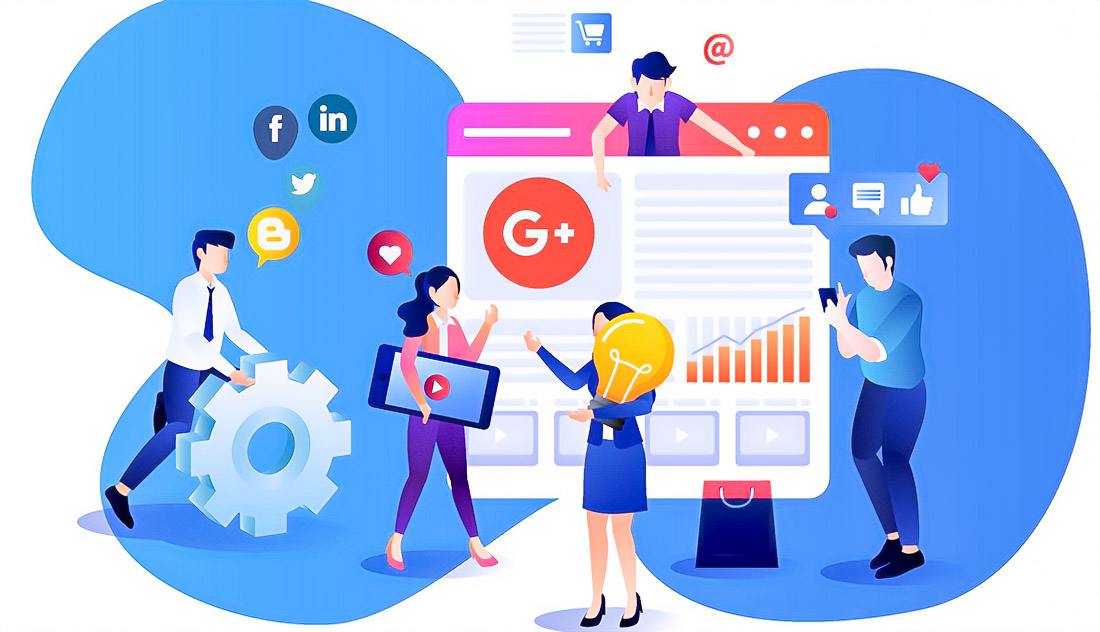
Internet of Things monitoring has already become a basic tool for real-time data analysis. Sensors detect vibrations, temperature and pressure fluctuations, instantly revealing hidden risks. This approach makes it possible to switch to predictive maintenance: maintenance is carried out in advance, equipment runs longer, and downtime is becoming rare. In the UAE, the industrial IoT market is estimated at about $700 million by 2025, demonstrating its importance to factories and oil and gas companies.
Smart Cities And Transportation Solutions
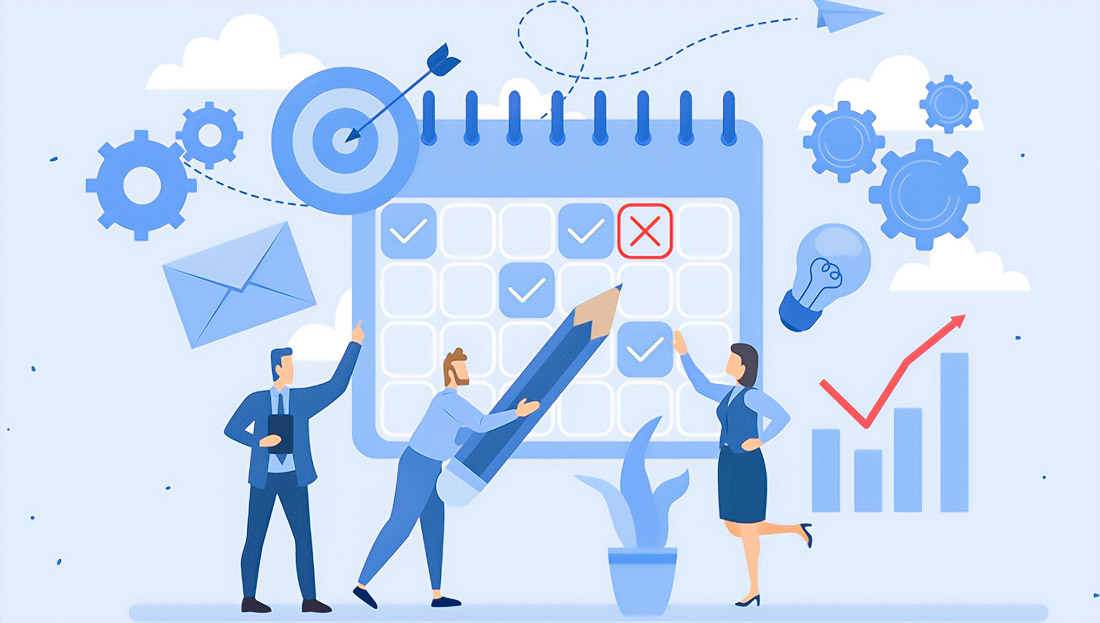
Smart city projects in Dubai and Masdar City in Abu Dhabi use IoT for infrastructure management. Smart traffic lights regulate traffic flows, intelligent lighting saves electricity, and air control systems detect changes in the environment. Logistics is also changing: asset tracking allows you to track containers and trucks using GPS and RFID in real time. This is critical for a UAE-level transport hub: cost reduction, route predictability, and supply chain transparency are becoming imperative.
Healthcare And Telemedicine
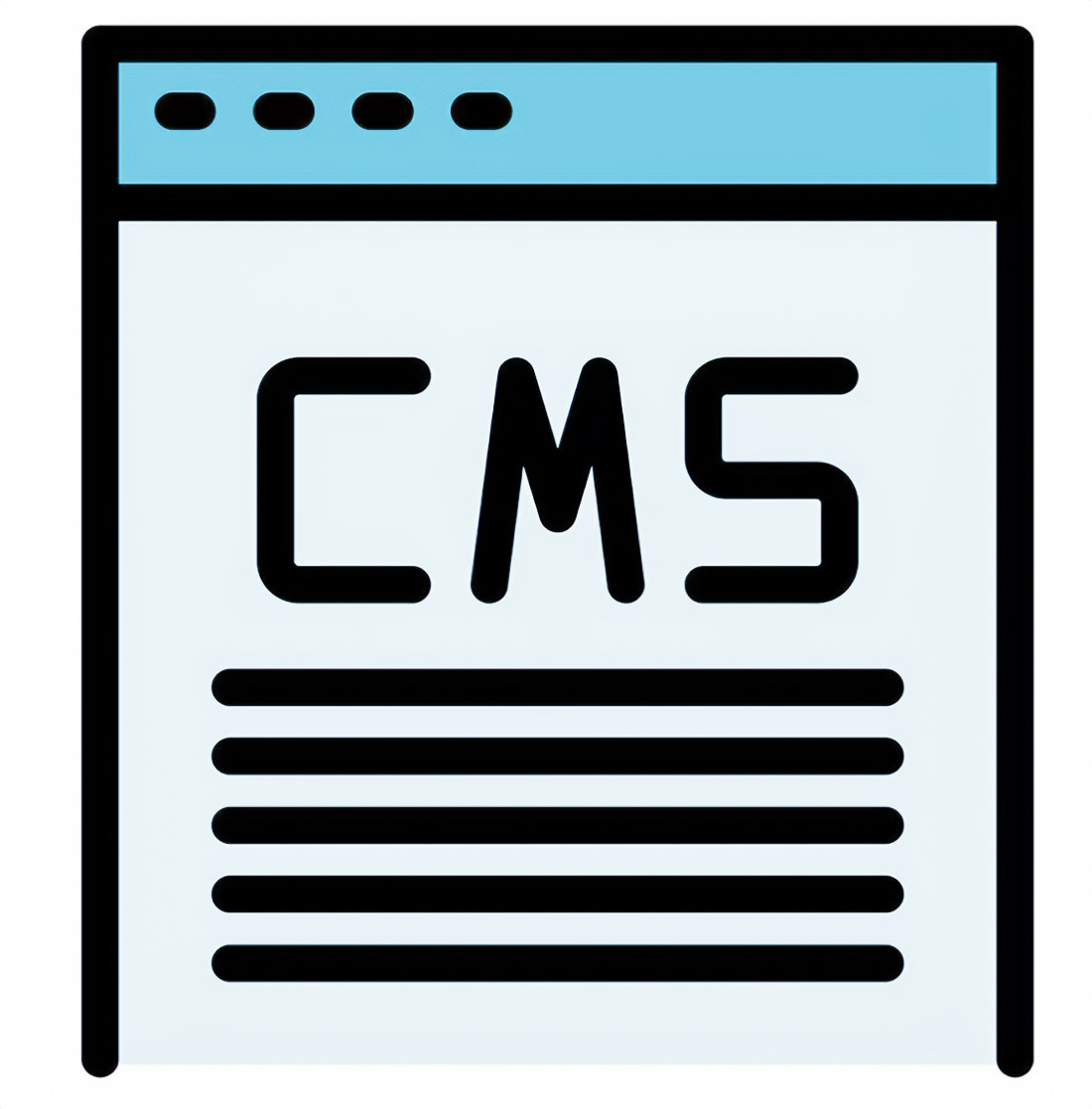
Healthcare IoT is actively developing and promises to grow to $245 million by 2025. Patients use wearable devices that transmit pulse, blood pressure, and sugar levels to doctors. Telemedicine became the standard after the pandemic: hospitals monitor the operation of equipment via RFID and automatically manage resources. This approach makes it possible to improve patient care and reduce the burden on clinics.
Energy And Ecology
The energy sector is one of the main consumers of IoT. Smart grids enable companies to adjust their workload and reduce losses. Smart meters provide communication with consumers and allow them to track expenses in applications. Solar stations use sensors to analyze the effectiveness of the panels. This makes the energy sector more sustainable and manageable.
Technological Trends
Key areas of development include edge computing for data processing closer to the source and AI integration with machine learning for anomaly detection and flow analysis. Special attention is paid to IoT security: blockchain, biometric protection and encryption are used. The MQTT and CoAP protocols ensure compatibility of equipment from different manufacturers, and standardization makes ecosystems more stable.
Impact On The Customer Path
The IoT directly affects the customer experience. The trade uses beacon technologies for personalized offers. In logistics, customers track delivery in real time, which increases trust and speeds up the process. In medicine, patients receive the opportunity to constantly monitor and accurately adjust treatment. Importantly, IoT is also transforming customer journey management, giving companies tools to map, refine, and personalize every stage of interaction. All this builds loyalty and raises the quality of service to a new level.
The development of IoT in the UAE is about growth and modernization in several directions at once: from smart city to energy and healthcare. By 2030, the device market will triple compared to 2024. IoT monitoring, predictive analytics, remote patient monitoring, and smart grids play a leading role. This is not just the introduction of technology, but the creation of a sustainable model where efficiency, safety and customer satisfaction combine in a single way.

